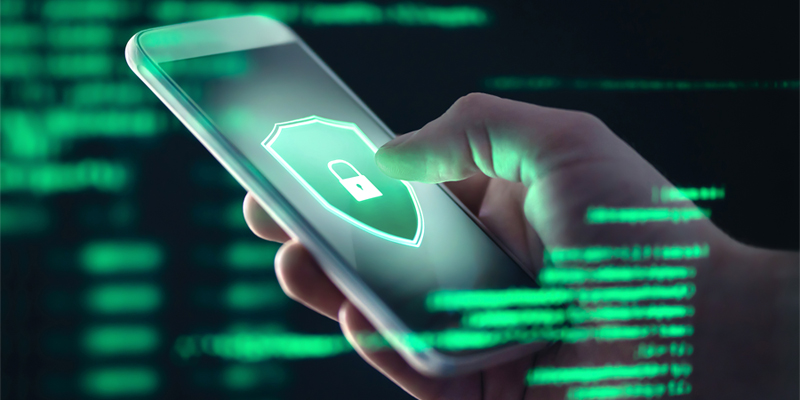Digital Considerations to Help You Prevent Fraud

You’ve seen it – someone sends you an email posing as your bank, asking you to verify your account information. Or maybe your business receives an electronic invoice from a vendor with a minor, yet off-putting, detail – like an unfamiliar email domain name. One small lapse of judgment on your part, and you’re compromised.
Scams like these are becoming more familiar now, with COVID-19 driving more consumers and businesses to embrace digital banking options. Since early 2020, the use of mobile banking has increased 50% nationally, according to the Federal Bureau of Investigation. But, while the fraudsters are out there working tirelessly to deceive users on digital platforms, you don’t have to fall victim.
In fact, there are an increasing number of digital technology advances and best practices in place to protect you. It’s important to know what some of these are, whether you’re an individual or a business, to keep your financial information protected.
Use Multi-Factor Authentication
With multi-factor authentication, individuals and businesses are required to present two or more methods of identification in order to successfully log into an account, whether it is a bank account, payment service account or some other account. Smartphones have the capability of enabling multi-factor authentication to ensure you’re the owner of the account you’re logging into. If you’re not doing so already, consider using this function to prevent scammers from accessing your confidential information.
Use a Private Internet Connection
With a little over 40% of the U.S. labor force now working from home, it is crucial that you stay limited to your home internet connection when conducting business. It’s more tempting now to set up shop outdoors at a local public coffee shop and conduct business than it would’ve been when you were working at the office. While a change of scenery from home occasionally sounds nice, it can expose you to fraud risks—especially if you’re using an unsecure, public internet connection to conduct business transactions.
Instead, when handling financial business matters or even personal matters, ensure that you’re logged into your home internet connection (or another private, secure connection), as opposed to a public connection. This will prevent personal information from being stolen as it’s being transferred from your device to a vendor’s website or banking app—among many other kinds of cyber fraud.
Don’t Be Too Quick to Click
Cyber-attacks against financial institutions rose 238% during the first quarter of the year (coinciding with the peak of COVID-19 in the nation), reported Mobile Payments Today. Neither businesses nor consumers are immune from payments fraud, which is why it’s important to dissect all kinds of electronic communication you receive to identify any suspicious requests before completing a transaction. Pay close attention to the email address in the “From” field, check for glaring spelling mistakes in the body of the email and refrain from clicking on attachments. And, if you really want to be sure of the legitimacy, talk with a representative of the business over the phone to ensure that you were (or were not) supposed to receive the communication.
Software Protection is Your Friend
Sometimes it’s not easy to detect suspicious emails, as noted above, which is where software protection comes into play. Whether you’re an individual or a business, you can get help flagging suspicious communication by installing anti-virus and anti-malware software on your device(s) and ensuring that your software stays updated.
With the uncertainty of how much longer the pandemic will continue, it’s important to keep all these digital considerations in mind to help prevent fraud and protect your financial information.

Helping you boost your financial intelligence.
Read our financial resources from your friends at WSFS.



